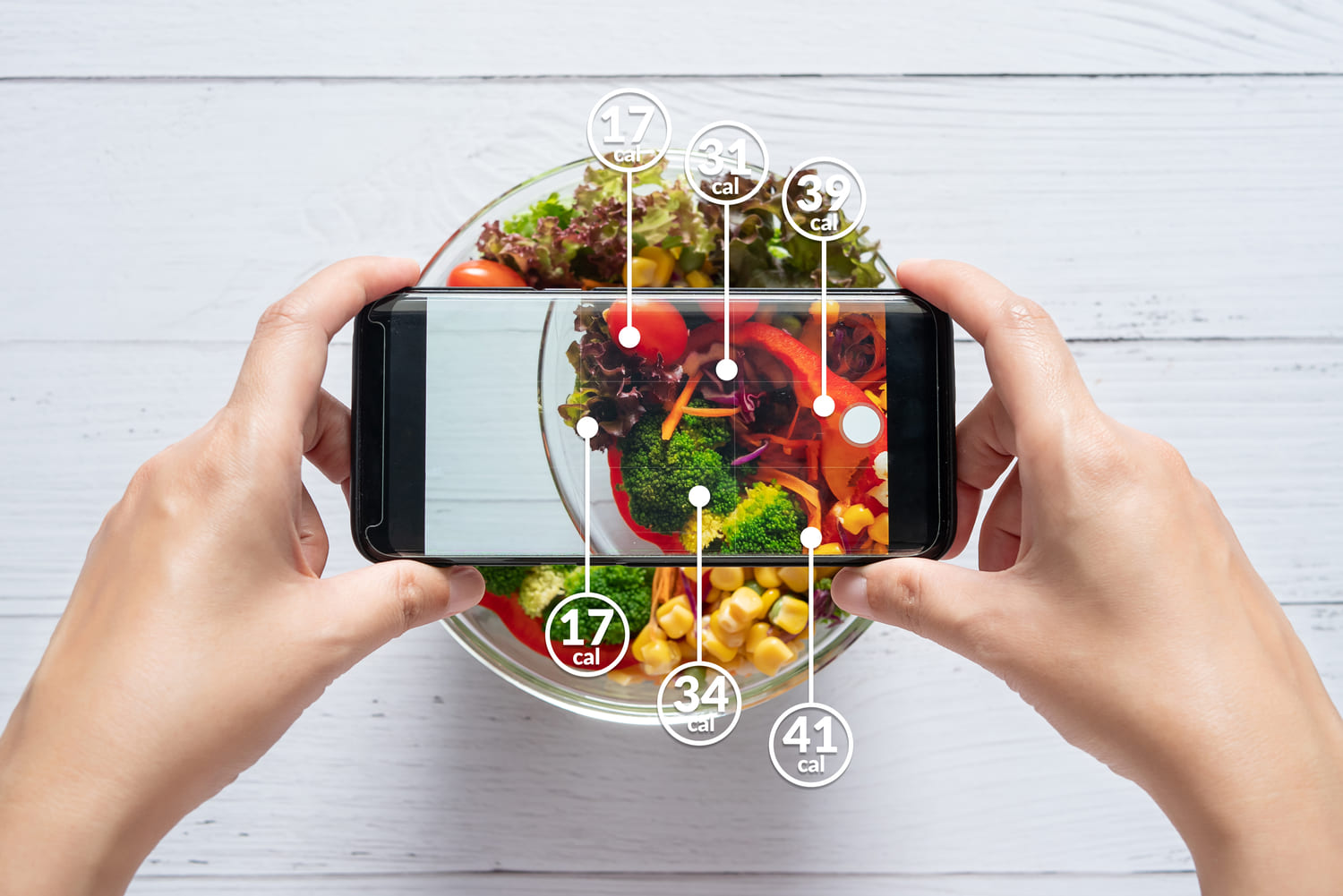Let’s get the math right. What calories count?

Life involves a constant consumption of energy, for which oxygen and food are indispensable.
In our daily lives, we need a continuous supply of energy to carry out all our vital functions: for the heart to function properly, for the nervous system to function properly, for breathing, for physical activity, for the biosynthetic processes involved in growth, for tissue reproduction and repair, and also for maintaining body temperature. In addition, the brain uses almost 20% of the body’s oxygen and 50% of the sugars we ingest to meet constant energy needs.
The energy we need to carry out all these functions, supplied by the food we eat, is obtained from the oxidation of carbohydrates, fats and proteins, the calorie content of which is 4 Kcal per gram in the first two cases and 9 Kcal per gram of fat.
A fourth element would be alcohol, but this does not provide us with any nutrients, but rather with energy in the form of calories, what we know as “empty” calories.
The energy value of a food is usually expressed in kilocalories (kcal) and we must distinguish between kilocalories and calories, although in the field of nutrition they are often used as synonyms. There is now a growing tendency to use the unit kilojoule (kj) instead of kilocalories.
Many people think that they must burn all the calories they consume because otherwise it will lead to a gain in weight, but this is not correct, precisely because a significant amount of energy is already being consumed by the body throughout the day to fulfil its basic vital functions, even at rest. These so-called “basal” calories (basal energy expenditure) represent between 60% and 70% of daily energy expenditure, which means that just by sleeping, breathing or digesting, calories are already being burned.
It’s a question of doing the maths right, and above all of choosing calories that are full of quality nutrients. The rest are the dreaded “empty calories”, which do not provide any nutrients. In addition to alcohol, these include soft drinks, sweets, flour and refined sugars. It has been shown that regular intake of these substances, in addition to being addictive, is linked to obesity, as well as numerous health problems such as high blood sugar levels, diabetes and heart problems.
We already know that there is a big difference between nourishment and nutrition, and there is nothing better than some everyday examples to help us understand this.
A glass of cola with a medium portion of crisps provides an average of 600 Kcal, which is nourishing, but it only provides sugars, salt and fats, as well as additives, preservatives, nervous system stimulants, etc.
Unlike a plate of lentils with rice, which provides around 400 Kcal, but in the form of essential amino acids, slow-absorption carbohydrates, vitamins, minerals, fatty acids, etc. With this second option, nutrition is much more complete and richer than with the first.
These are just examples to show how absurd it is to obsess about calories without paying attention to the origin, quality and vitality of what we choose to eat.
Of course, a sweetened cola drink provides hardly any calories, just as its chemical additives do not bring any benefits to the body. On the other hand, a freshly made smoothie of seasonal fruit and vegetables, with no added sugars, can provide around 150 Kcal (depending on the ingredients), along with a very interesting supply of antioxidant vitamins and minerals.
Puffed rice pancakes are very low in calories, but do not satiate or provide essential nutrients. On the other hand, 80 grams of cooked brown rice provide about 160 vital calories, which nourish, regulate intestinal transit, satisfy and do not fill your intestine with air. – And so on, we could go on with an endless list of supposedly “light” foods that lock us into a circle of constant dissatisfaction: bread sticks versus seed and sourdough bread; “light” bagged potatoes versus freshly baked sweet potato chips; mixed salads versus sautéed or steamed seasonal vegetables; light mayonnaise versus homemade dressings of virgin olive oil, spices and lemon; industrial cold cuts versus an organic chicken breast; low-calorie dried fruit versus real fruit; synthetic meal replacement bars versus scrambled eggs and mushrooms, etc.
On the other hand, it is already known that white sugar consumption is associated with numerous health problems, chronic acidity, energy immunosuppression and emotional instability. And what about artificial sweeteners? They will not raise the glycaemic index in the blood, but their recurrent consumption has been shown to cause immunity and neurological disorders. What is alarming is the amount of both sugar and artificial sweeteners that are camouflaged in many of the packaged products that are often consumed: sliced bread, fried tomato, smoked salmon, drinks, common soya sauce, all the “light” products, biscuits, pastries, etc.
It is a fact that we live under the impact of marketing campaigns for products that are not satisfied with covering the body’s basic needs, but which, aware of the effect that food has on our senses, compete to hook us on flavours and experiences beyond the physical. But let’s not forget that feeding ourselves is not the same as nourishing ourselves, and if we don’t do the maths right, the interest rate can be very high.
The more natural and less refined the alternatives, the more they count.
María Kindelán


Sorry, the comment form is closed at this time.